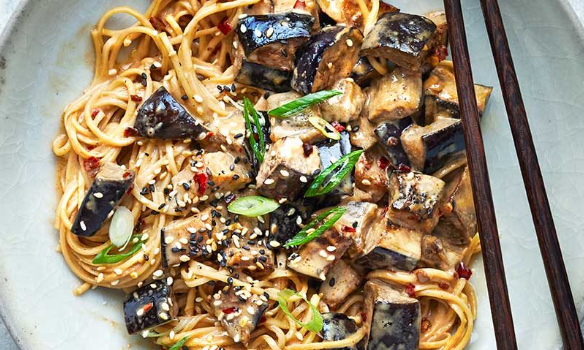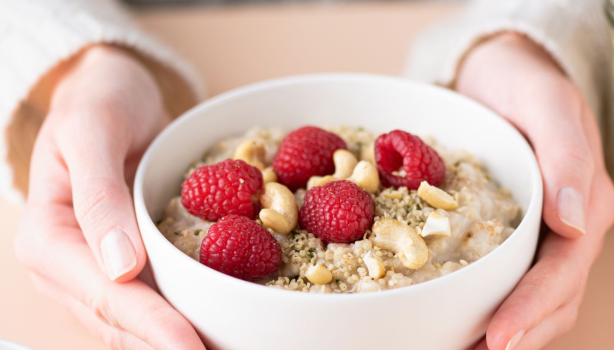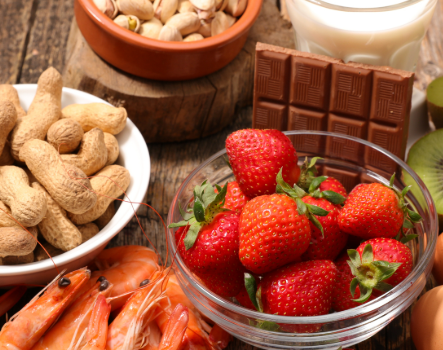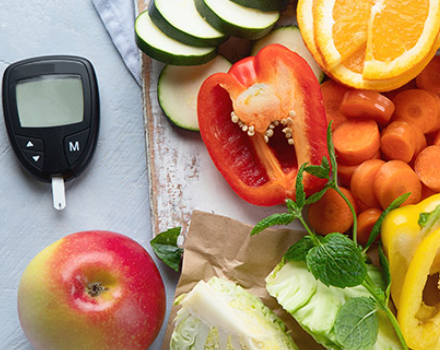
Maxi dresses are a staple for summer wardrobes. Their flowy and comfortable design makes them ideal for everything from laid-back beach trips to more formal summer events. But one common dilemma many face is finding the right shoes to complement these versatile dresses. The perfect pair of shoes can elevate your entire outfit, providing both style and comfort for any occasion. If you’re wondering which shoes to wear with your maxi dress this summer, we’ve got you covered with stylish and chic shoe ideas to pair with your maxi dresses.
Strappy Sandals for a Relaxed Vibe
Strappy sandals are a classic choice when it comes to pairing with maxi dresses, offering the ideal balance between comfort and style. Whether you prefer flat sandals or those with a small heel, these shoes can add an effortlessly chic vibe to any summer look. Neutral colors like tan or metallic gold are versatile and easy to pair with any dress, but you can also choose vibrant hues to make a bold statement.
For a simple yet chic daytime look, try pairing a white maxi dress with tan strappy sandals and a woven tote. Complete the look with oversized sunglasses to add a fashionable touch.
Wedges for Extra Height
If you’re looking for a bit of height without sacrificing comfort, wedges are the perfect solution. Cork or espadrille wedges pair beautifully with the flowing nature of maxi dresses, offering both support and style. These shoes are comfortable enough to wear all day, making them a great option for casual events or dinners.
Opt for a sleeveless floral maxi dress with espadrille wedges and a denim jacket for a casual yet stylish evening outfit.
Slides for Effortless Elegance
For a sleek and minimalistic style, slides are the go-to footwear choice. They’re perfect for daytime outings, providing comfort without compromising style. Look for slides with subtle embellishments or metallic details to make them stand out.
Pair a striped maxi dress with leather slides and accessorize with stacked bangles for a trendy yet comfortable look that’s perfect for a casual day out.
Chunky Sneakers for a Modern Twist
For those who enjoy mixing sporty elements with feminine styles, pairing a maxi dress with chunky white sneakers can create an unexpectedly stylish look. This combination gives your outfit a modern edge while ensuring maximum comfort. Chunky sneakers work great for weekend errands or urban explorations.
Try a black maxi dress with white chunky sneakers and a crossbody bag for a laid-back yet fashionable look. Top it off with a denim cap for a cool, casual vibe.
Flip-Flops for Beach Days
Flip-flops may be the ultimate beach accessory, but don’t underestimate their versatility. A pair of stylish leather flip-flops can complement a flowy maxi dress, offering a chic yet relaxed look. Opt for styles with metallic accents or braided details to add a touch of sophistication.
Pair a tropical-print maxi dress with leather flip-flops and a wide-brimmed straw hat for a laid-back vacation look that’s perfect for the beach or a poolside retreat.
Block-Heeled Sandals for Polished Events
For a more polished and formal occasion, block-heeled sandals offer the ideal combination of style and comfort. Whether you’re attending a summer wedding or an outdoor party, block heels elevate your maxi dress without compromising on comfort. These sandals are easier to walk in compared to stilettos, making them the perfect choice for events where you’ll be standing or walking for extended periods.
Wear a solid-colored maxi dress with beige block-heeled sandals and a statement necklace for an elegant evening look.
Ankle Boots for a Boho Flair
Ankle boots are a great choice for cooler summer evenings or more eclectic, boho-inspired outfits. Suede or leather ankle boots pair beautifully with maxi dresses, particularly in earthy tones like tan or brown. This combination is perfect for casual outdoor events, music festivals, or evening walks.
Opt for a tiered maxi dress with tan suede ankle boots and a wide-brimmed hat for a bohemian-inspired summer look.
Mules for Sleek Sophistication
Mules, whether flat or heeled, offer a sleek and minimalist design that pairs wonderfully with the elegance of maxi dresses. These shoes are perfect for everything from garden parties to casual dinners or even a day at the office. Their simple design complements the flowing lines of a maxi dress, creating a sophisticated yet laid-back look.
Pair a pastel-colored maxi dress with leather heeled mules and a structured handbag for a polished and refined daytime look.
Gladiator Sandals for a Bold Statement
Gladiator sandals are making a strong comeback this season. With their intricate straps and edgy design, these sandals add drama and flair to any outfit, especially when paired with maxi dresses. They’re perfect for anyone looking to make a bold fashion statement while maintaining a laid-back, summer vibe.
Pair a neutral-colored maxi dress with gladiator sandals and a beaded clutch for a striking, trend-forward look.
Tips for Choosing Neutral Shoes
When in doubt, neutral shoes are always a safe bet. They are timeless, versatile, and won’t compete with the patterns or colors of your maxi dress. Neutral shoes are ideal for both casual and formal events and are easy to pack for vacations since they match everything in your wardrobe.
Styling Your Maxi Dress with the Right Shoes
Maxi dresses are incredibly versatile, and the shoes you choose can completely transform your look. Whether you’re going for a casual daytime outfit or dressing up for an elegant evening event, the right pair of shoes can make all the difference.
Casual Daytime Outfits
For a laid-back daytime look, pair your maxi dress with slides or flip-flops for comfort and style. If the weather is cooler, add a denim jacket and a crossbody bag for extra flair. Lightweight jewelry like hoop earrings or simple bracelets can elevate your look without making it too fancy.
Elegant Evening Outfits
For an evening look, choose a solid or metallic maxi dress paired with wedges or heeled sandals to elongate your silhouette. Accessorize with statement earrings and a chic clutch to complete the look. For cooler evenings, layer with a tailored blazer or shawl, and style your hair in soft waves or an updo for added elegance.
Beach Vacation Outfits
Heading to the beach? Pair gladiator sandals or flip-flops with a printed maxi dress to embrace that laid-back vacation vibe. Add oversized sunglasses and a straw hat to protect yourself from the sun, and don’t forget a stylish tote bag to carry all your beach essentials.
Conclusion
Maxi dresses are a summer wardrobe staple, and the shoes you pair with them can transform your entire look. From casual slides and flip-flops to elegant wedges and heeled sandals, there’s a perfect shoe for every occasion. With the right footwear, you can effortlessly style your maxi dress for any event, ensuring you stay chic and comfortable all summer long.


















